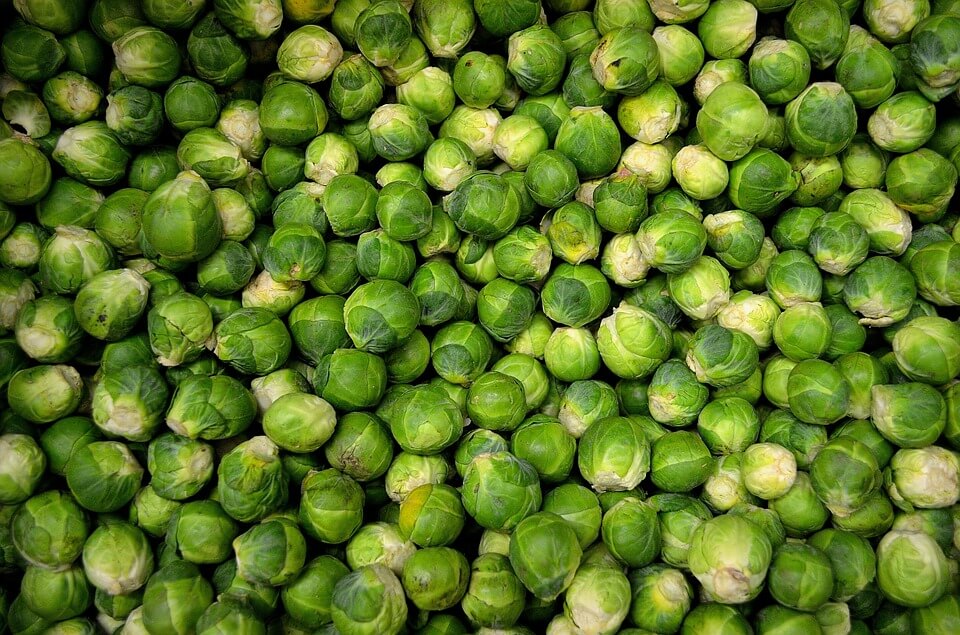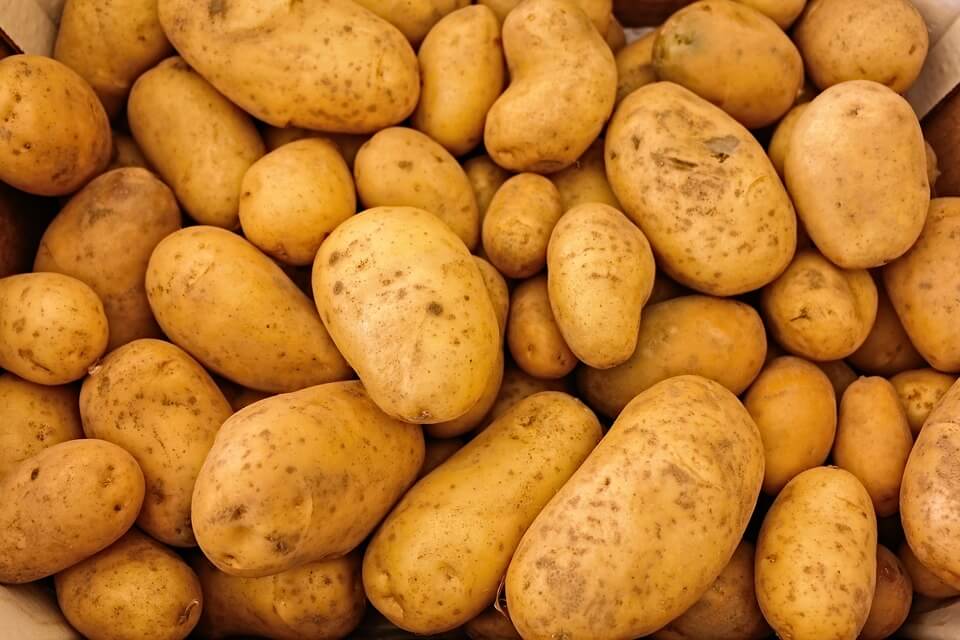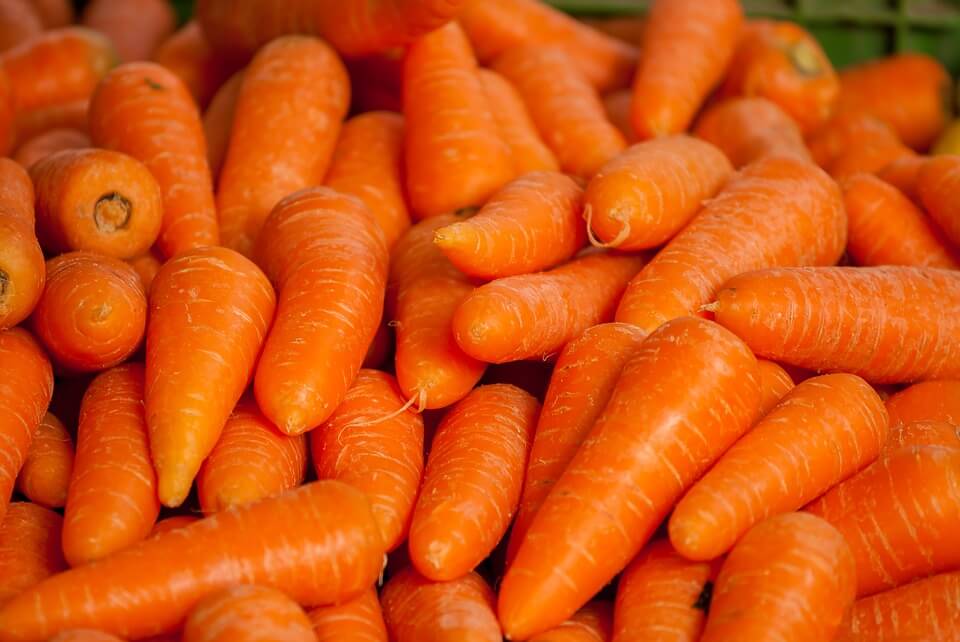Recently, Alan Titchmarsh came out and stated home grown fruit and vegetables are far superior to those sold in a supermarket. The flavours, the varieties and the need to support local agriculture far outweigh the downsides of doing otherwise. To some extent, I fully agree with Alan, but I recognise the impracticality of doing this too, so I won’t judge those who don’t do this. If you have a garden, and the time and means to do so, then I fully encourage you to grow your own veg!
With a rather important seasonal holiday approaching, where roughly £175 is spent on food and drink per household, I wanted to apply this theory into growing your own Christmas dinner and research whether or not it would be possible for you at home to try this out yourselves.

- Brussel Sprouts
Love them or hate them, these lookalike mini cabbages are as much a Christmas tradition as office party debauchery, Santa’s Grottos and god-awful jumpers (only kidding, I love them!). 4billion Brussel sprouts were brought in the week before Christmas last year, and the average person will consume 14 of these tasty vegetables over Christmas. Unbelievable right?

Preparation for making sprouts begins in March, where you will need to sow them under a cloche, fleece or cold frame thinly to a depth of 1 cm, with roughly 15 cm separating them. The earlier you sow, the better the crops will turn out. You can purchase various varieties of sprouts such as ‘Evesham’ and ‘Maximum’.
Once they have reached roughly 15 cm in height, which should take roughly two to three months, it’s time to plant them out. You will need to allow 60-80 cm either side of the plants, and if you’re lucky enough to have some tall ones sneaking through, they will need support from say, a bamboo cane. Add some fertiliser and water throughout the planting process, and continue watering the plants every few weeks (especially if we’re lucky enough to see dry weather) until your plants have blossomed. Keep an eye on pests too such as birds or caterpillars.
Sprouts take roughly 35-40 weeks from initial sowing to, excuse the pun, sprout. You will have to start at the bottom of the stalk, when they are the size of cherry tomato, and firm like a walnut. The best way to remove them is to simply snap them off with a sharp, downward pull. Once frosted, the sprouts will offer a much improved flavouring. You will then need to store until December, and you have a lovely, traditional side!. If you have some spare sprouts, you could try out a new pizza topping or even Brussel sprout soup.
- Potatoes
The great potato, the world’s favourite root vegetable, a common addition to every roast throughout the UK. Did you know they initially originated in South America, and only reach Europe in the 16th century? Now you do.

The best variety to use if you’re intending for a classic roast would be a King Edward or a Maris Piper; great for roasting, high on flavour and relatively easy to produce and store. Potato ‘seeds’ are commonly available online or from garden centres. You will need to sow roughly 35-40 cm apart, in rows 75 cm apart, in deep trenches roughly 15 cm underground. If you’re intending to use spuds around Christmas time, it best you plant April or early May at the latest. When you plant your potatoes, you need to try maintaining them upright, an egg box would probably be a good device to use.
Once you start to see shoots through the soil, it’s time to earth the spuds up. You will need to cover the shoots with soil, either side of the rows to form a ridge to protect them from wintry weather. If you’re worried your potatoes will be prone to frost, you can cover with a fleece for extra protection. Continue to water, especially in dry spells.
Once the leaves begin to show, and are open, it is time to harvest your potatoes. I’d advise using a fork, and going in at a 45 degree angle, so not to pierce through the pots underground. Once dug up, they will need washing to remove the dirt, grime and any possible pesticide placed upon them, and then leave to dry for a few hours. Once dried, store in hessian sacks in a dark, frost free place until they are ready to eat in December! To add extra flavour to your potatoes, cover in salt, thyme, rosemary or garlic.
- Carrots
A favourite of Bug’s Bunny, and supposedly great for seeing in the dark (although this is definitely a myth!), the carrot has been a Christmas favourite for years. A member of the parsley family, carrots are low in fat and high in Vitamin A, so they’re very nutritious too.

The best time to sow your carrots in time for Christmas is July, August at a push. Sow thinly at around 3 cm deep, allowing 30 cm between each row. The ideal soil conditions for carrots mean a nice, light, well-drained soiling, facing towards light. July and August should provide you with plenty of sunlight. You will need to ensure the soil is stone free too, but there is the option of a raised bed if you don’t think your soil will be feasible.
If sowing in the summer time, you will need to ensure the carrots are well watered, and the soil kept moist, otherwise germination and growth will be halted. Other than that, carrots are a fairly care free plant, requiring little or no attention.
Once the frost hits, you will need to cover your carrots with straw or a fleece so not to ruin them. Your carrots should be ready to harvest in October but if you want to use them for Christmas, the later the better. You can check by lifting one or two carrots to give you an idea of their size. I suggest harvesting in the evening, to avoid attracting carrot fly, which can cause your crops to rot. You will need to store the carrots in boxes of sand, in a cool, frost free place until you are ready to cook them.

With these three key components of any Christmas dinner ready to go, all that is required for your plate is a turkey! For this, I would recommend your local supermarket or butchers though. If you need advice on how much to serve each guest, then BBC Good Food have a simple guide on portions, but don’t let this stop you!
Amie is a marketing enthusiast, having worked at Primrose since graduating from Reading University in 2014.
She enjoys all things sport. A keen football fan, Amie follows Tottenham Hotspur FC, and regularly plays for her local 5 a side football team.
To see the rest of Amie’s posts, click here.